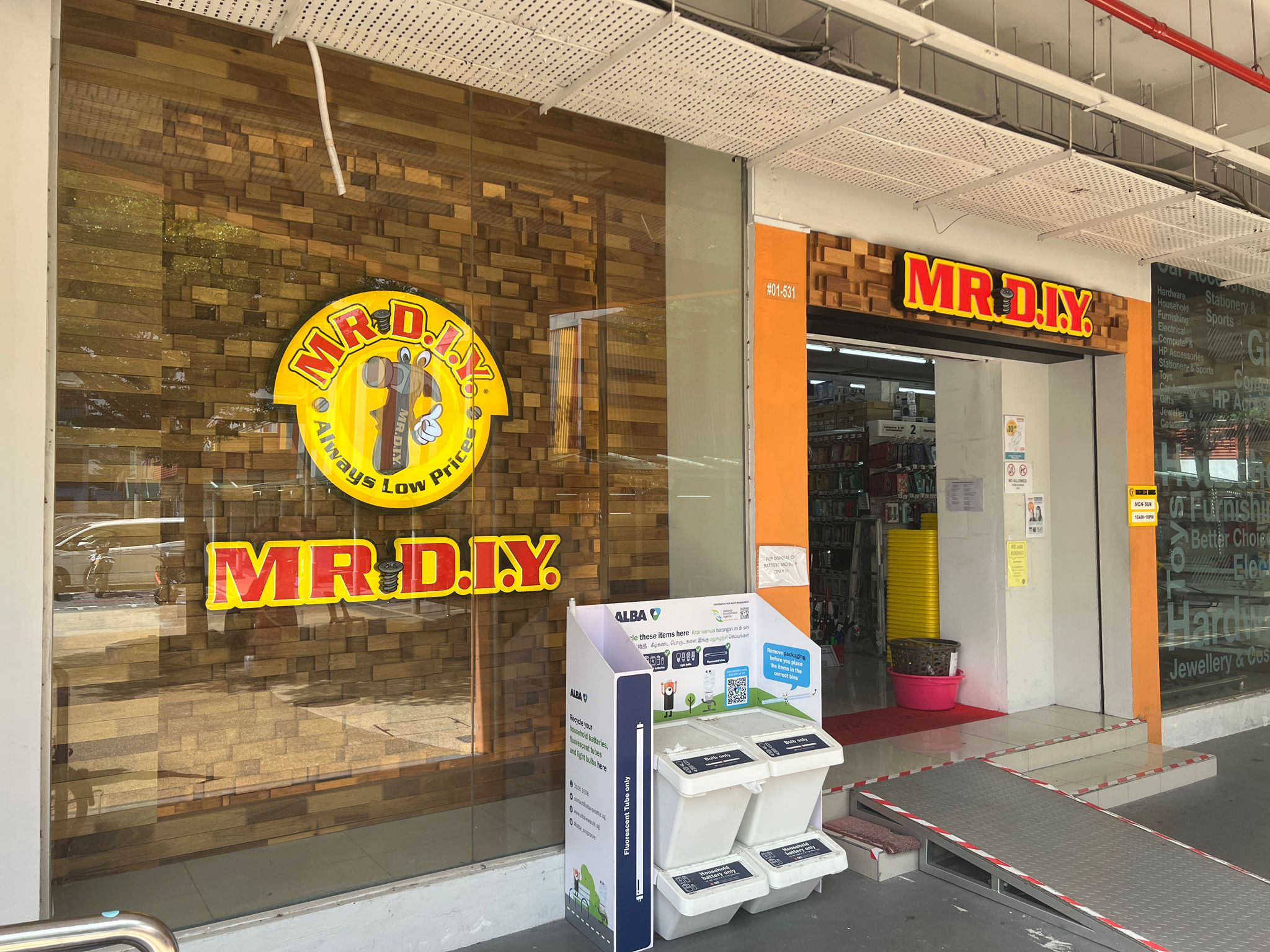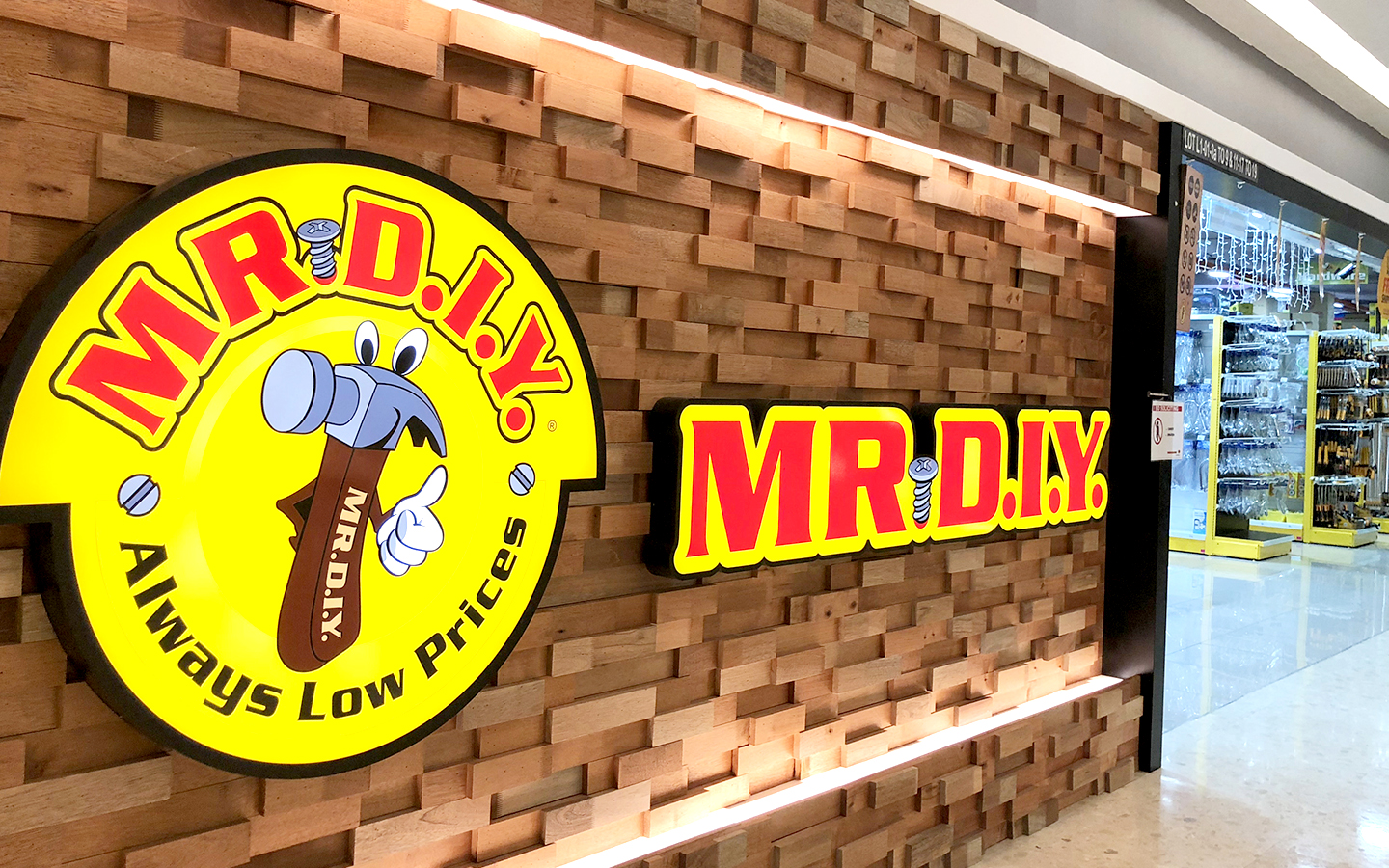Highlighted Companies
Bonia Corporation ADD, TP RM3.00, RM2.28 close
We like Bonia for its robust earnings growth prospects, with a 3-year net profit CAGR of 45.5% (FY21-24F). This is driven by i) its ability to raise prices to aid margin expansion, ii) ongoing expansion
strategy (digital and physical), and (iii) rebranding exercises to enhance its upmarket flagship brands.
Mr D.I.Y. Group (M) Bhd ADD, TP RM2.40, RM2.11 close
Mr DIY is a likely beneficiary of the downtrading trend due to rising inflationary pressures. It retails home improvement products for do-it-yourself projects. As of 1Q22, Mr DIY owned and operated 947 stores across all retail formats.
Senheng New Retail Bhd ADD, TP RM0.80, RM0.60 close
We expect Senheng’s earnings outlook to remain upbeat on i) ongoing e-Rebate campaigns for electrical appliance purchases from the Malaysian government in 2022, ii) continuous store upgrade/expansion plan with more attractive in-store designs, and iii) rising “buy now, pay later” trend and easy payment schemes to help spur demand for Senheng’s product portfolio.
Green shoots despite challenges ahead
- While RGM expects Malaysia’s retail industry to grow by 13.1% yoy in 2022, the sector is not without its challenges, particularly in 2H22.
- RGM expects certain retail sub-sectors to see stronger qoq growth in 2Q22, while discretionary spending could be curtailed in 2H22.
- Despite our Neutral call on the consumer discretionary sector, we see value in discretionary stocks, i.e. Bonia, Mr DIY and Senheng.
Malaysia’s retail industry performance suffered in 2020 and 2021
On 19 Jul 2022, we hosted Mr Tan Hai Hsin, managing director of the Retail Group Malaysia (RGM), to share RGM’s retail consumer outlook for 2H22. Malaysia’s retail industry sales decreased 16.3%/2.3% yoy in 2020/2021. This was due to the impact of Covid-19 as well as the reimposition of several movement control orders (MCO). In 2020- 21, all retail subsectors were affected, especially those heavily reliant on tourists, and entertainment-based retail stores. Several notable foreign retailers as well as local retailers
ceased operations in Malaysia in 2020-21.
A tale of two halves in 2022: retail growth rate to taper off in 2H22
In 2022, RGM expects Malaysia’s retail industry to post a 13.1% yoy growth rate (Fig 2), driven by the easing of lockdown measures and higher consumer footfall. RGM projects a higher yoy growth rate in 1H22, boosted by Malaysia’s retail sector in 2Q22 (+25.7% yoy – Fig 1), particularly for certain sub-sectors (i.e. department store-cum-supermarkets, fashion & fashion accessories, personal care stores and F&B sector – Fig 3), owing to higher sales during Hari Raya amid the lifting of movement restrictions. However, RGM expects Malaysia’s retail sector to grow at a slower pace in 2H22 (3Q22: 3.4% yoy, 4Q22: 3.6% yoy), but remain in positive territory (Fig 1). According to RGM, the projected lower retail growth rate in 2H22 is primarily due to expectations of lower consumer discretionary spending power on 1) high inflation, 2) a rising interest rate hike cycle, and 3) challenges facing retailers and discretionary companies in 2H22.
Challenges ahead for Malaysia’s retail companies
In 2H22, RGM expects demand for essential goods and services to be stable, while discretionary spending could be curtailed amidst weaker consumer purchasing power due to rising inflationary pressures, interest rate hikes, and subsidy cuts. Meanwhile, the labour shortage has hampered store expansion plans and limited operating hours. We think that sales demand for discretionary companies in 2H22 could be dampened by intensifying competition and a slow recovery in foreign tourist arrivals (2m foreign visitors between 1 April 2022 and 30 June 2022 vs. 26.1m in 2019). In addition, elevated raw material prices (higher input cost) and rising operating costs (due to the minimum wage hike and higher rent) could put further cost pressures on retailers, which could erode margins. As such, RGM noticed more closures of retail outlets in Malaysia since early 2022.
Rising trend in Malaysia’s retail sector
RGM has seen several key market trends in Malaysia’s retail industry: i) Larger size store formats for convenience stores and rise in new entrants among “value retailers” and foreign retailers. ii) E-commerce is unlikely to replace physical shopping. Online shopping activities have declined by an estimated 70-80% since early 2022 but adoption of an omnichannel strategy is a key differentiating factor. iii) Retail winners are those with a strong business model, operations and customer service. iv) Rise in thematic-based retailing (particularly for F&B) given the prominence of social media platforms as effective promotional tools.
Pockets of opportunity in the discretionary space; maintain Neutral
Considering the weaker consumer spending in 2H22F, we believe that dimmer earnings prospects are largely priced in. The sector (excluding MR DIY) is trading at 15.2x 1-year forward P/E (below its 10-year mean of 19.7x); the mean P/E is off a higher base due to distortion during the Covid-19 period (weaker earnings and/or losses). Nevertheless, we see opportunities in the sector. In our coverage universe, we like 1) Bonia for its strong earnings growth profile and attractive dividends, 2) Mr DIY as it is a key beneficiary of consumers downtrading given its market position as a “value retailer”, and 3) Senheng, a potential beneficiary of Malaysia’s ongoing e-Rebate campaigns for electrical appliance purchases and rising trend of “Buy Now, Pay Later” programmes. Higher-than-expected retail spending and lower-than-expected operating costs are key upside risks. Key downside risks include lacklustre consumer sentiment and a sharp rise in operating costs.











